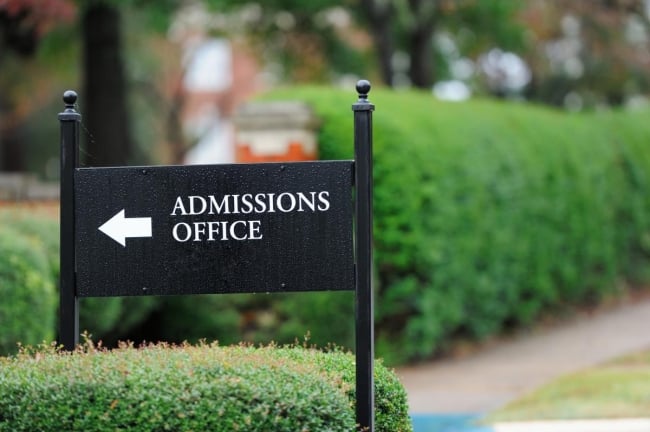You have /5 articles left.
Sign up for a free account or log in.

iStock.com/sshepard
Amid other enrollment challenges for colleges and universities, student transfers dropped precipitously this year. According to a new report from the National Student Clearinghouse Research Center, the total number of transfer students fell slightly more than 8 percent this year compared to fall 2019. Student mobility in all transfer pathways, such as between four-year institutions or from two-year to four-year colleges, also declined.
“Typical pathways of transfer and mobility may be altered due to student concerns borne out of the pandemic, related to family finances, health, childcare, or a sudden need to move closer to home,” the authors of the report wrote. “Early disruptions in institutional reopening plans due to COVID-19, coupled with the disparate economic and health impacts of the virus across different populations, make navigating these transfer options even more difficult.”
The decrease in transfer students this year was more than triple the decrease in nontransfer students, not counting first-year students, and reflects a continuing trend. The largest decrease was in “reverse transfers” -- where students at four-year institutions transfer to two-year ones. Those types of transfers decreased by 19.4 percent. In fall 2019, reverse transfers only decreased by 3.4 percent.
The authors of the report noted that the decline in reverse transfers is part of a larger trend that could have dire implications for community colleges, which were already experiencing enrollment decreases before the pandemic that got worse as the public health emergency continued and the U.S. economy faltered.
"A multifaceted threat to community college enrollment -- an 18.5 percent drop in freshmen, a 19.6 percent decline in reverse transfers, an 18.7 percent drop in returning students, and 7.2 percent fewer continuing students -- presents potentially serious implications for the sector and for the students it serves," they wrote. "If the current trends continue, these divides will only grow, with a troubling risk that institutions will not survive, and would-be students will not manage to come back next year."
Lateral transfers from one four-year college to another, or one two-year college to another, decreased by 12 percent this year, four times the rate of decline seen in 2019.
Transfers from two-year to four-year institutions decreased slightly, by less than 1 percent. But most students who transferred from two-year colleges still went to four-year colleges. And compared to two-year colleges, four-year institutions faced no major transfer-in enrollment shortages this year, authors said.
Enrollment by Black transfer students fell the most across all sectors: 22 percent at community colleges, 9 percent at private four-year colleges or universities and 6 percent at public four-year institutions. Enrollment by Hispanic transfer students fell 20 percent at community colleges, nearly 3 percent at four-year private institutions and 0.3 percent at four-year public colleges. Before the pandemic, Hispanic student transfers were increasing in both those sectors, the report said. Along gender lines, transfers declined more among male students (11.6 percent decline) than among female students (5.7 percent).
Re-enrollment for students who previously dropped out of college declined this year as well. But of the students who did return in 2020, more of them chose primarily online institutions than previous years. About 15 percent of those students chose an online institution, up from about 13 percent last year.
The overall decline in student mobility emphasized by the report could have a lasting effect on student success, the authors said.
“It is not clear whether the pandemic is driving students to stay put because decision-making and administrative hurdles are more difficult to overcome without face-to-face guidance and advising, because financial and technological barriers are weighing more heavily on students and their families, or because they are simply more reluctant to risk changing institutions amid the uncertainty of the health and economic crises,” the authors wrote. “As the pandemic continues to constrain these avenues of institutional choice, however, students will face ever larger barriers to degree completion, promising careers, and socioeconomic mobility.”





